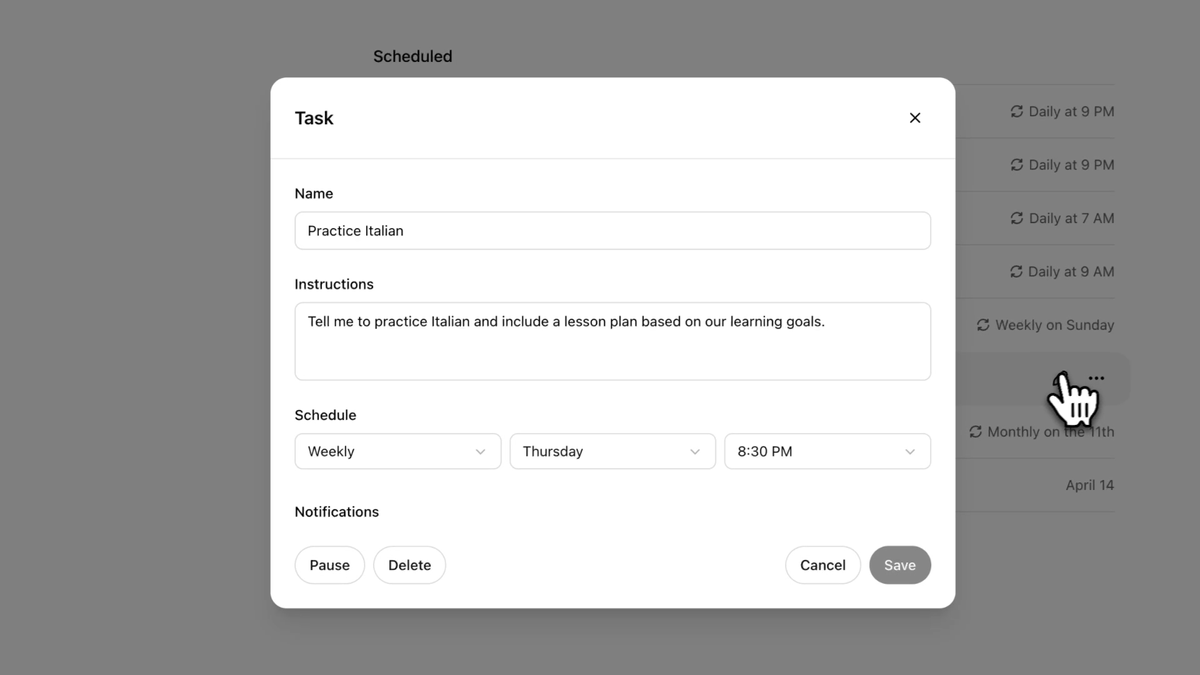Email marketing is a multi-billion dollar industry, but running successful email campaigns is becoming more difficult. With data decaying faster than ever and email service providers enforcing stricter sending rules, your business may already be experiencing a decline in results. Here’s how you can quickly adapt to these critical industry updates.
Email marketing has come a long way since that historic day in May 1978, when Gary Thuerk sent out the first email campaign. Although unsolicited, that mass email generated $12 million in sales. Nearly five decades later, email is still a revenue stream, and studies predict it will be valued at $17.9 billion by 2027.
The promising ROI of email campaigns encourages many businesses to create email marketing programs. However, for many, achieving success takes longer than they expect.
Public Relations Manager at ZeroBounce.
Email Marketing Challenges Your Business Might Face
If you're spending a significant amount of resources on email marketing but the results are disappointing, the reason may be that your company isn't up to date with the latest email sending standards. In recent years, the email industry has undergone critical updates that may have affected your performance.
There are more emails bouncing
Growing your company’s email database is a good idea, but while you’re adding new contacts, older ones are decaying by the day. More than 25% of the average email list decays each year, a higher percentage compared to previous patterns (22%). That means more of your emails are likely to bounce and tarnish your sender reputation with inbox providers, causing your subsequent campaigns to end up in the spam folder.
Anti-spam filters are becoming increasingly difficult to bypass
For a marketing email to work, it must first reach your target audience, preferably the inbox. However, even for legitimate senders like you, reaching the inbox (aka email deliverability) is becoming more difficult. With the rise in spam and phishing attacks, spam filters are becoming more sophisticated, so it takes more effort to avoid them.
Consumer behaviors are changing
Gone are the days when a company could “send and pray” an email “bomb” to random contacts without being penalized. Today, email service providers punish you for that (and so would your audience) by marking your email as spam. Many email users mark an email as spam even when they are subscribers. A spam complaint rate exceeding 0.3% can also direct your future campaigns to the spam folder.
How to Keep Getting Great Email Marketing Results
How can we effectively address these email marketing challenges?
Here are some steps you can start taking today to expand your inbox reach, connect with real prospects, and get the most out of the emails you send.
Follow the new email sending rules
In February 2024, Google and Yahoo announced that they would be partnering to combat phishing and spam by enforcing a set of rules for bulk senders. While not new, these rules are now a standard that you must follow if you communicate with your Gmail and Yahoo contacts. Shortly after, Microsoft stated that it would also be adopting these rules starting in the fall of 2024.
Email authentication. Google and Yahoo require email authentication to verify your identity as the sender. By authenticating your emails, you let email service providers know that you (and not an imposter) are the sender of those messages. If you're unsure how to authenticate your emails, there are trusted platforms that can help streamline the process.
One-Click Unsubscribe – Your audience should be able to leave your email list with a single click. To enable this option, you need to implement specific headers in your emails so that when a message arrives in someone’s inbox, they can unsubscribe without even clicking to open it. Equally important, you should honor all unsubscribes within two days, as per Google and Yahoo requirements.
Low spam complaint rates. Spam complaints are an effective way for email service providers to differentiate between trustworthy senders and spammers. To maintain a good reputation with these providers and get your campaigns into the inbox, keep spam complaint rates below 0.3%. You can strive for even better results by keeping reporting below 0.1%, which has been the recommended threshold for years.
Check your database like clockwork
To maintain a good sender reputation, you should also maintain a low bounce rate (below the acceptable benchmark of 2%). Since more than a quarter of your email list decays each year, consider verifying your contacts at least quarterly. An email verifier quickly isolates outdated email addresses so you can delete them.
Avoid shopping lists
Purchasing a contact list for email marketing may seem tempting, but it's a shortcut that will only hurt your business. Sending emails to people who never opted in to receive them can increase your spam complaint rate, which hurts your chances of reaching the inbox. Instead of purchasing a list, continue building your own database of customers who express their consent to receive emails from you.
Deliver on promised content
If subscribers sign up for your marketing newsletter, send them marketing-related newsletters. If they opt in for a discount, offer them more of that content. Sticking to the type of content you promised when signing up is how you keep your emails relevant. It's also how you increase engagement metrics like open rates, click-through rates, and conversions.
Re-evaluate your content strategy
Staying true to your niche is a great way to maintain your subscribers’ trust and gain brand authority. But it’s not enough to make your emails engaging, meaningful, personable, and engaging. If your metrics haven’t been working despite following all the sending rules, it may be time to reevaluate your content. For starters, look for ways to further personalize your campaigns. Also, consider running some A/B tests to determine the right approach. Test one element at a time, analyze your metrics, and double down on the tactics that perform best.
Avoid long pauses or sudden increases in volume.
Consistency in sending messages is another key pillar of effective email marketing. If you stick to a regular schedule and avoid huge spikes in the number of emails you send, email service providers will understand that you run a legitimate email marketing program. This consistent approach also builds trust with your audience and will help you avoid spam complaints.
Adapt your sending frequency to suit your audience
The main reason people unsubscribe from an email list is that they receive too many emails from that sender. Numerous studies have backed this up over the years. For email marketing to work for your business, you need to serve your audience first. While you may think that sending multiple weekly (or daily) emails keeps your business top of mind, this approach can have the opposite effect. People will disengage and unsubscribe. As they become irritated, some may even report you as spam.
If you notice this trend in your email marketing reports, try reducing the number of emails you send. Keep a close eye on your engagement metrics and find a balance in your sending schedule. Whatever works best for your subscribers is what works best for you.
Summary: How to Make Your Email Marketing Work
Before we go, let's review the most important steps and good habits you can adopt in your email marketing strategy:
Remove invalid and stale contacts to keep your bounce rate below 2% and maintain high email delivery rates.
Avoid purchasing email databases or adding people to your list without consent to keep your spam complaint rate below 0.3%.
Never “beg and pray,” but instead communicate with subscribers who have clearly expressed consent to receive emails from you.
Authenticate your emails if you communicate with Gmail and Yahoo users.
Enable one-click unsubscription and set up an automated process where unsubscribers are removed from your list within two days.
Send your audience the type of content they expect from you to generate great engagement rates.
Avoid taking long breaks and send emails regularly. If your unsubscribe rate is high, consider reducing the number of emails you send, as email fatigue is the number one reason people unsubscribe.
All of these email best practices and rules can feel overwhelming or downright intimidating. However, they all come down to a matter of common sense. It’s not worth the risk of using shady tactics to get quick results. Instead, design your email marketing program thoughtfully—you’ll get more satisfaction in the long run.
We have introduced the best business intelligence platform.
This article was produced as part of TechRadarPro's Expert Insights channel, where we showcase the brightest and brightest minds in the tech industry today. The views expressed here are those of the author, and not necessarily those of TechRadarPro or Future plc. If you're interested in contributing, find out more here:









